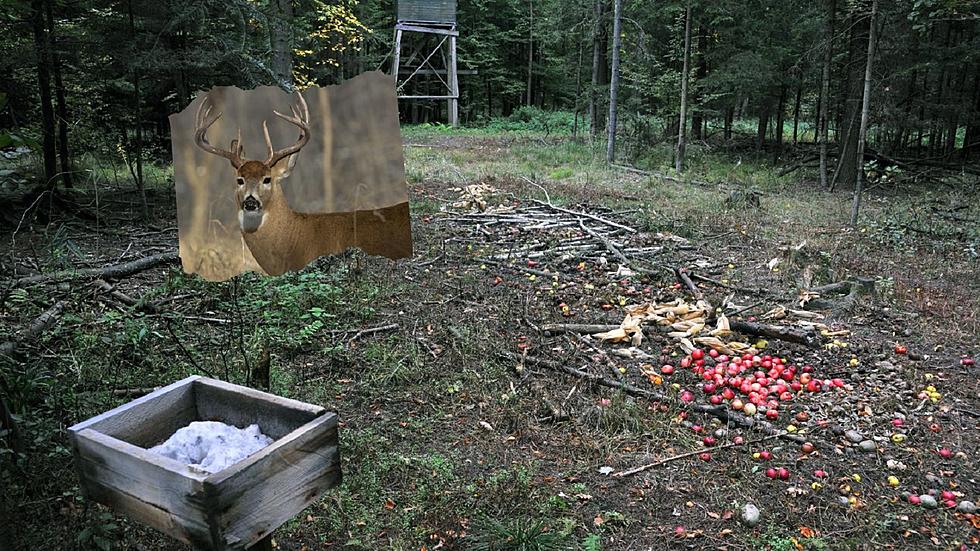
Wisconsin DNR Enacts Deer Baiting And Feeding Ban In 4 Counties
The Wisconsin Department of Natural Resources made a significant announcement Tuesday that will impact four counties for up to three years.
According to the DNR, they were recently notified by the Wisconsin Department of Agriculture, Trade and Consumer Protection that a farm-raised deer on a deer farm in Washburn County tested positive for chronic wasting disease (CWD), which is a fatal, infectious nervous system disease of deer, moose, elk, and reindeer/caribou.
Because this positive result is within 10 miles of the Barron, Rusk, and Sawyer county borders, new baiting and feeding bans are required to go into effect in Washburn, Barron, Rusk, and Sawyer counties, beginning Thursday, October 5.
Wisconsin state law requires that the DNR enact a three-year baiting and feeding ban in counties where CWD has been detected and a two-year ban in adjoining counties within 10 miles of a CWD detection.
Therefore, Washburn will begin a three-year baiting and feeding ban on October 5, 2023, while Barron, Rusk, and Sawyer counties will all begin a two-year baiting and feeding ban on that same day.
Furthermore, it is illegal to hunt over an area previously used for legal baiting and feeding until that area is completely free of bait or feed for 10 consecutive days.

The DNR says that baiting or feeding deer encourages them to congregate unnaturally around a shared food source where infected deer can spread CWD through direct contact with healthy deer or through their infectious saliva, blood, feces, and urine.
Deer hunters in Washburn, Barron, Rusk, and Sawyer counties are asked to help with efforts to identify where CWD occurs on the landscape by having their deer tested for the disease. The collection of CWD samples is essential for assessing the presence of CWD in the deer population across the state.
In addition to submitting samples for CWD testing, hunters are also encouraged to properly dispose of deer carcass waste by locating a designated dumpster, transfer station, or landfill location near them.
The DNR stresses that proper carcass disposal helps slow the spread of CWD by removing potentially infected deer carcasses from the landscape.
